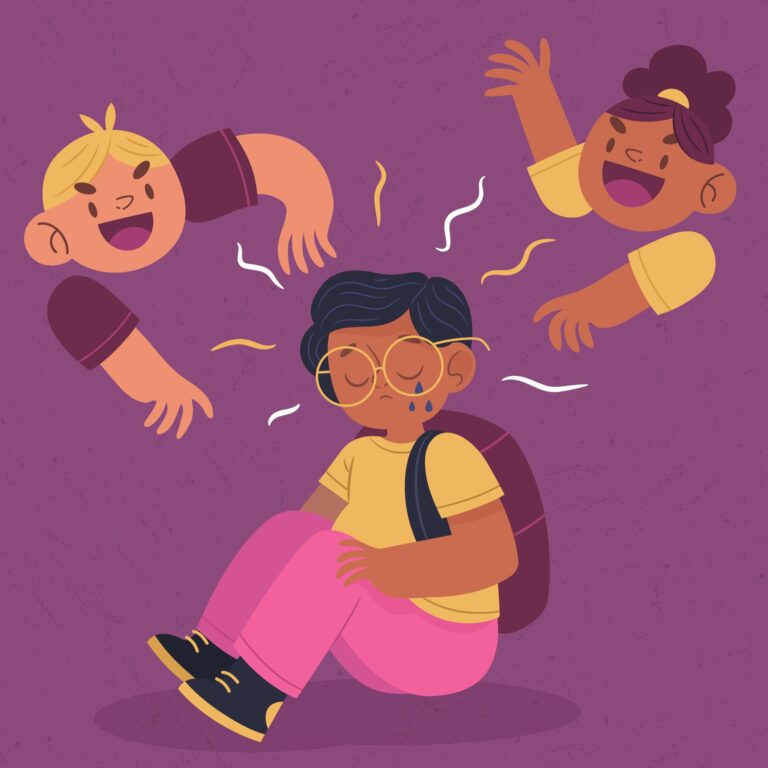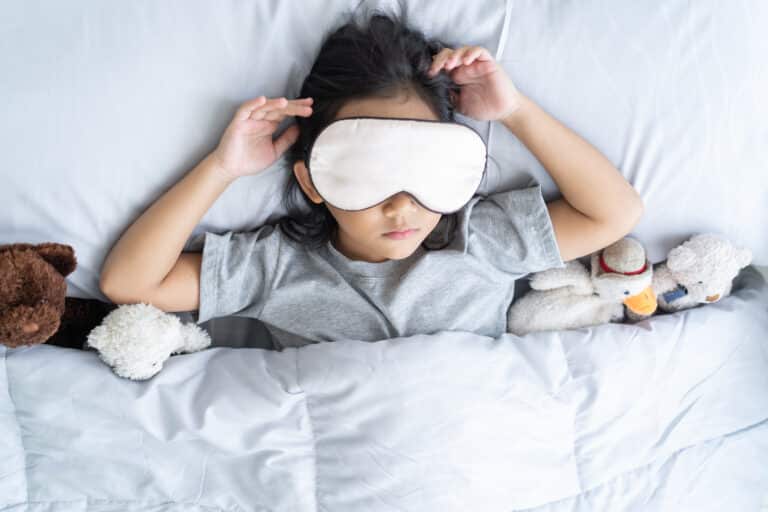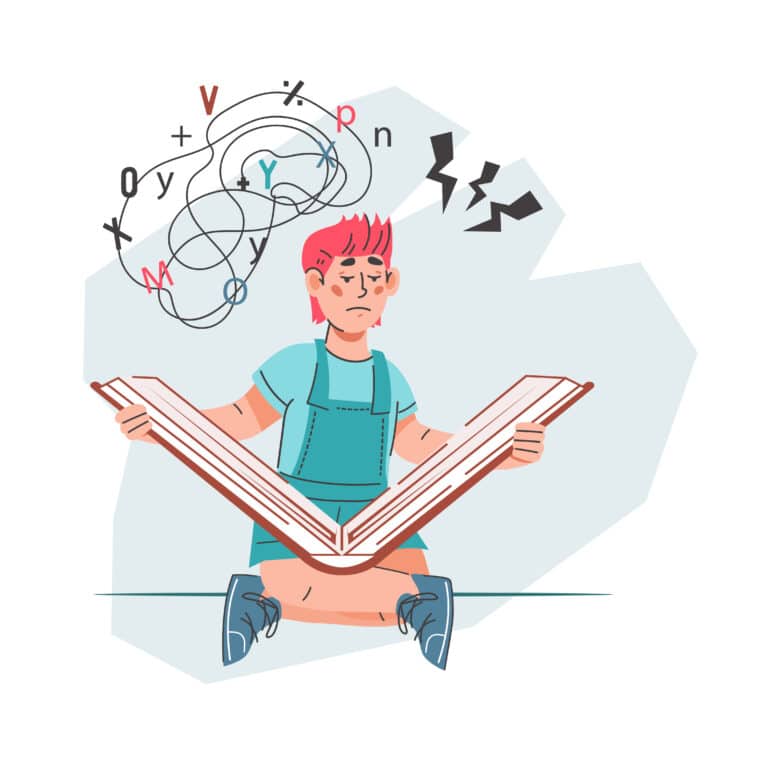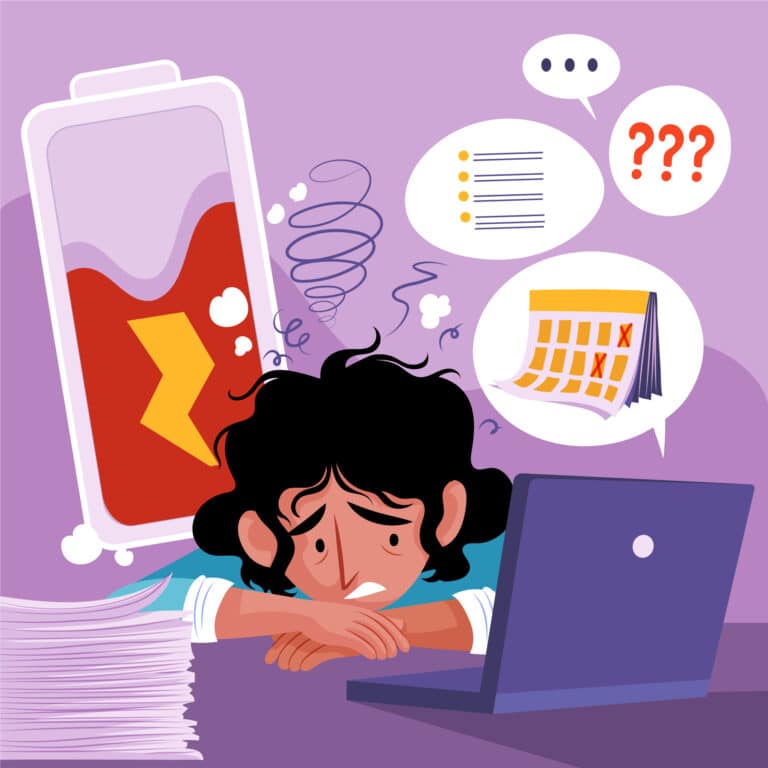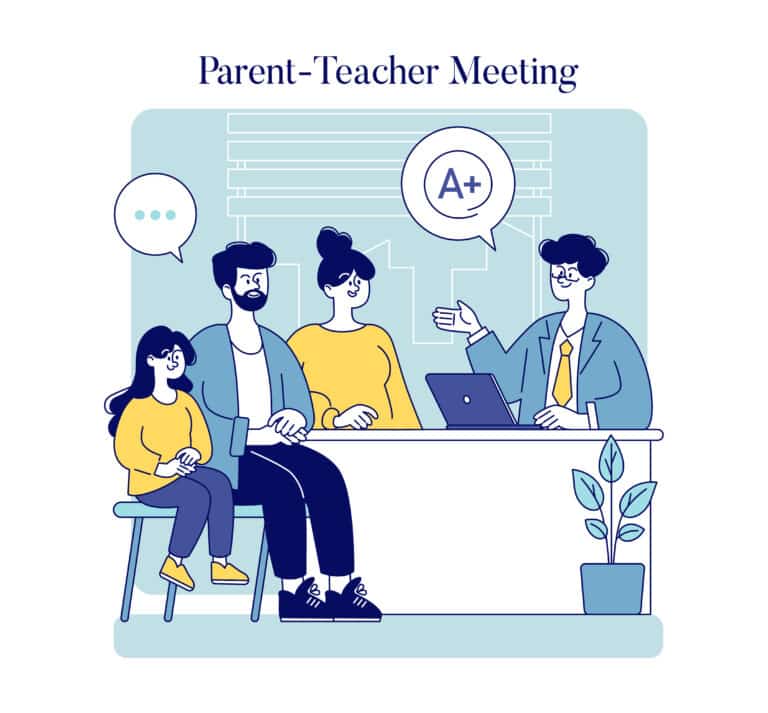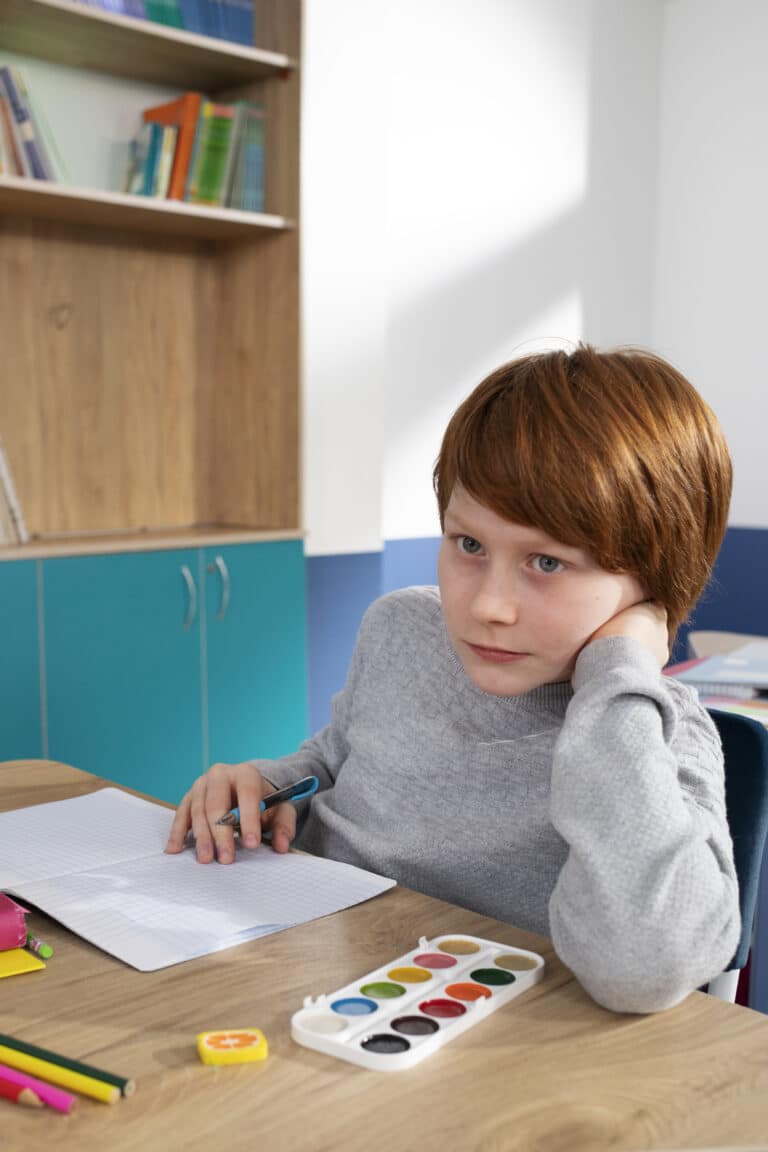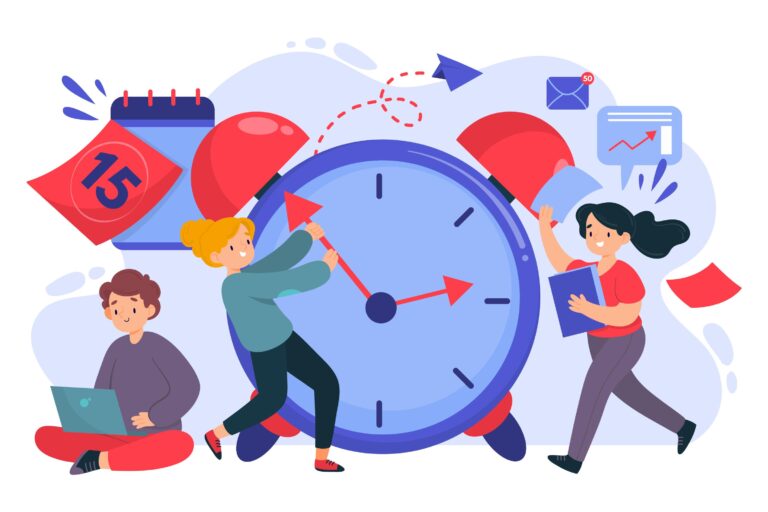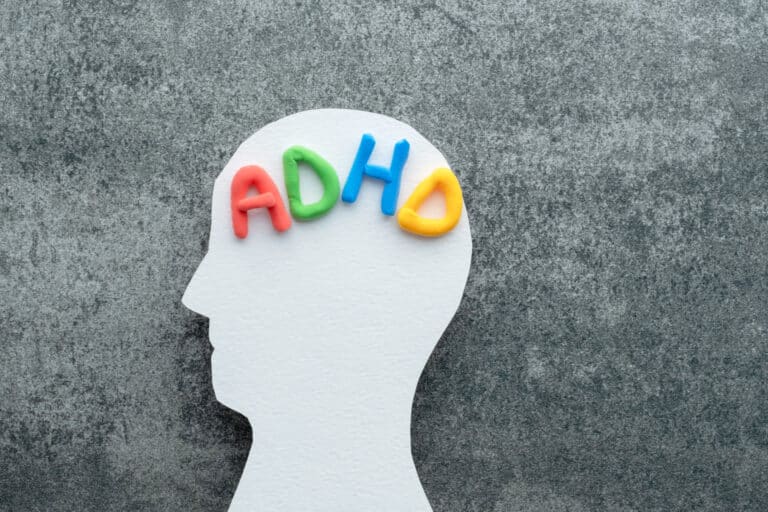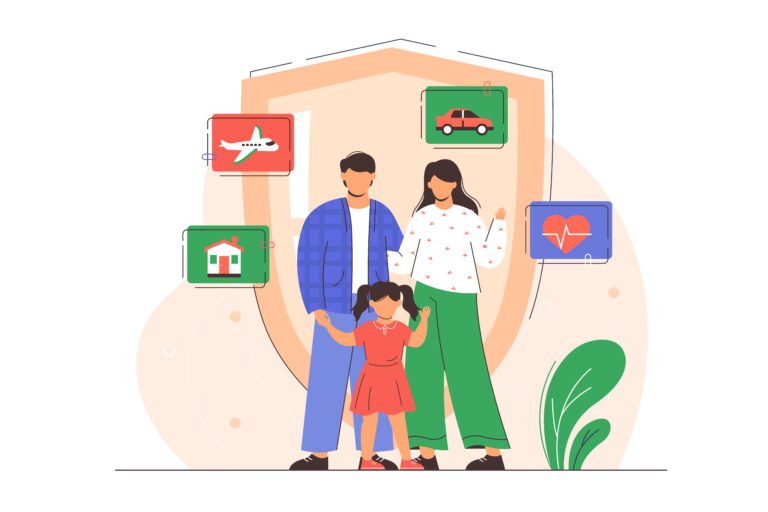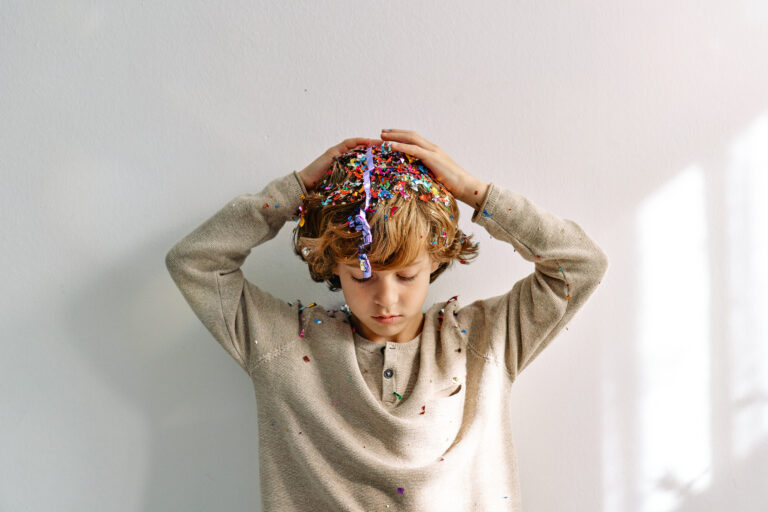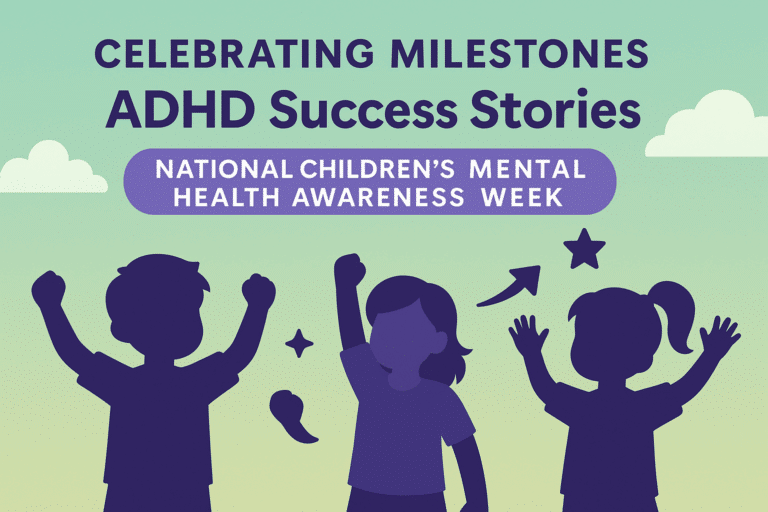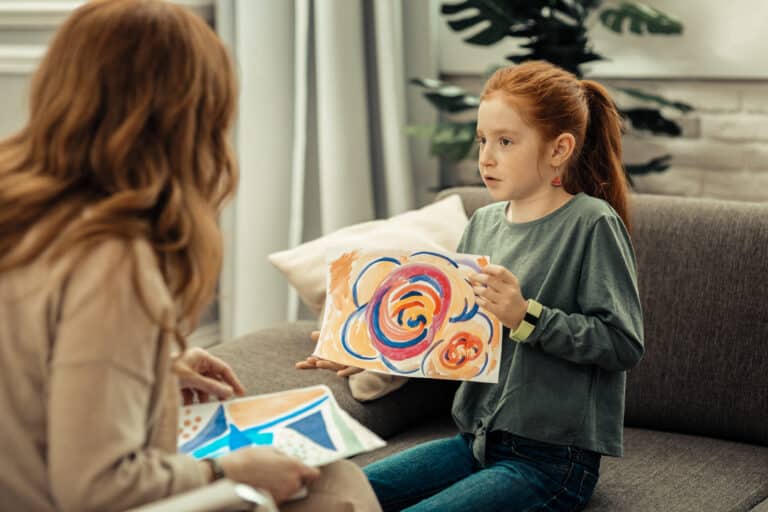Childhood depression is a serious mental health condition that can affect every aspect of a child’s life, including their academic performance, relationships, and overall well-being. By recognizing the signs and providing thoughtful, informed support, parents and caregivers can help children navigate this difficult time and work toward recovery.
Recognizing Depression in Children
Signs of Depression in Children
Childhood depression often presents differently than it does in adults, which can make it more challenging to identify. Common symptoms include:
- Persistent sadness or low mood.
- Loss of interest in activities once enjoyed.
- Difficulty focusing or concentrating.
- Changes in appetite or sleep patterns.
- Withdrawal from friends and family.
- Frequent irritability or anger outbursts.
- Physical complaints, such as stomachaches or headaches, without a medical cause.
If you notice these symptoms persisting for more than a few weeks, take action to ensure your child receives the help they need.
Steps to Help Your Child with Depression
1. Open Lines of Communication
Create a safe, nonjudgmental space for your child to express their feelings.
- Use open-ended questions like, “How are you feeling today?”
- Listen attentively and validate their emotions without dismissing or minimizing their concerns.
2. Learn About Childhood Depression
Understanding depression equips you to better support your child. Educate yourself on the symptoms, causes, and treatments of childhood depression to differentiate between typical mood changes and clinical depression.
Tip: Explore Pathformers’ Glossary for key mental health terms related to childhood depression.
3. Seek Professional Help
Consult a mental health professional if your child shows signs of depression. Therapists, such as child and adolescent psychiatrists, can recommend effective treatments like Cognitive Behavioral Therapy (CBT) for children who may be experiencing depression. Cognitive Behavioral Therapy (CBT) to help children manage their emotions.
Discover More: Pathformers offers courses for parents on evidence-based approaches like CBT to better support children with depression.
4. Foster a Supportive Home Environment
- Routines: Encourage consistent sleep schedules, balanced meals, and regular exercise.
- Quality Time: Spend time with your child, showing them they are loved and supported.
- Reassurance: Remind your child that they are not alone and that depression is a treatable condition.
5. Address Underlying Stressors
Identify and resolve potential stressors, such as:
- Bullying or social challenges.
- Academic pressure.
- Major changes in family dynamics or other life transitions.
Reducing these stressors can help ease your child’s emotional burden.
6. Monitor for Suicidal Thoughts
For some children, depression can lead to thoughts of self-harm or suicide. If your child expresses hopelessness or mentions self-harm, take immediate action:
- Speak openly with your child about their feelings.
- Seek urgent help from a mental health professional or crisis resource if you suspect your child is depressed.
Emergency Resource: Visit Pathformers’ Crisis Tools for guidance and immediate assistance.
Why Professional Support Matters
A child with depression benefits greatly from early intervention. Mental health professionals can provide:
- Personalized treatment plans.
- Coping strategies tailored to your child’s unique needs.
- Family-focused therapies to foster understanding and healing.
For answers to common concerns, explore Pathformers’ FAQ Section on childhood mental health.
Encouraging Hope and Resilience
Recovery from depression is possible with the right support. Help your child:
- Re-engage in activities that bring them joy and fulfillment.
- Build resilience by celebrating small achievements.
- Understand that they are not alone in their journey.
Learn practical techniques to foster resilience through activities that help children feel empowered and supported. Pathformers’ Online Courses for parents and caregivers.
When to Seek Immediate Help
If your child’s depression worsens or they express thoughts of self-harm, seek immediate professional help through:
- Mental health professionals.
- School counselors.
- Trusted community resources.
Final Thoughts on Supporting a Child with Depression
Helping a child with depression requires patience, understanding, and proactive action. By recognizing the signs, maintaining open communication, and seeking professional support, you can guide your child toward recovery and a brighter future.
Explore More: Access resources tailored to supporting your child’s mental health at Pathformers.com. Start today to make a difference.




